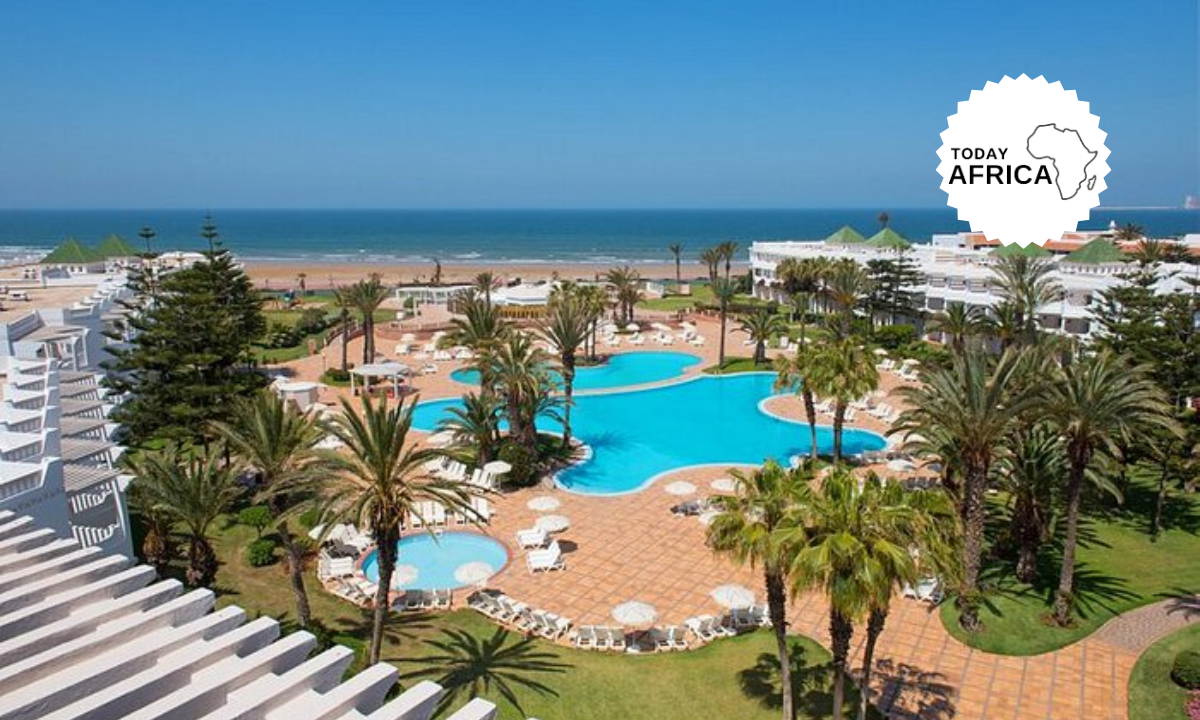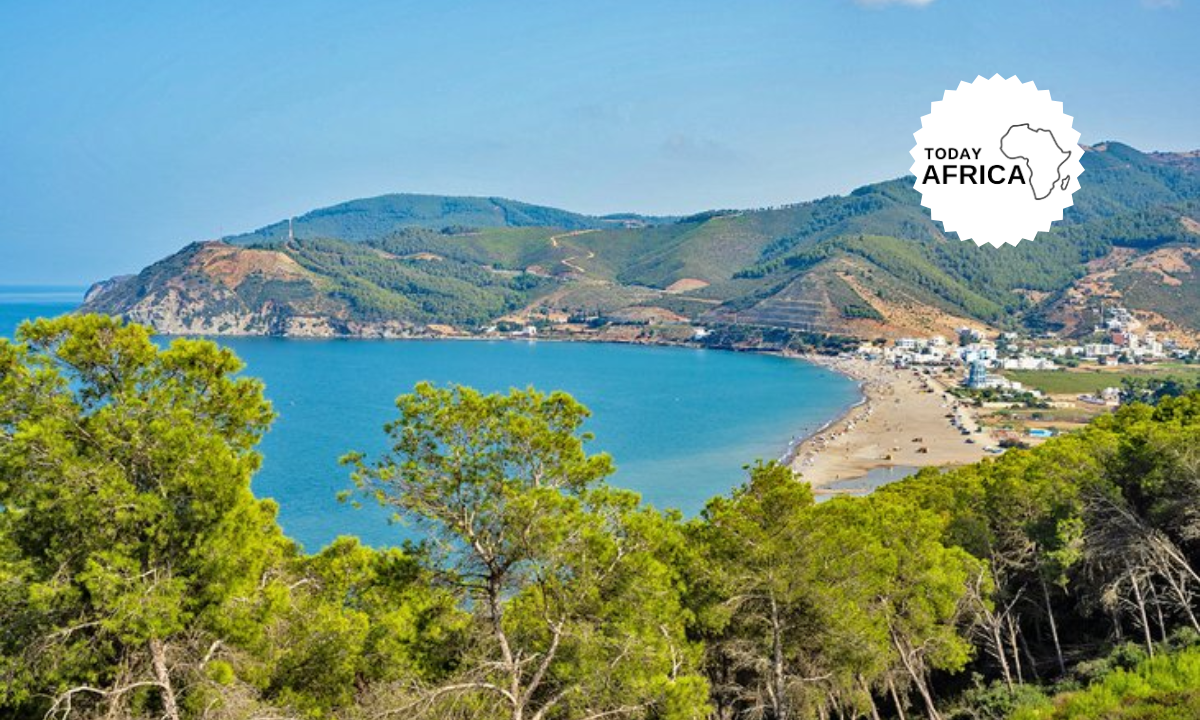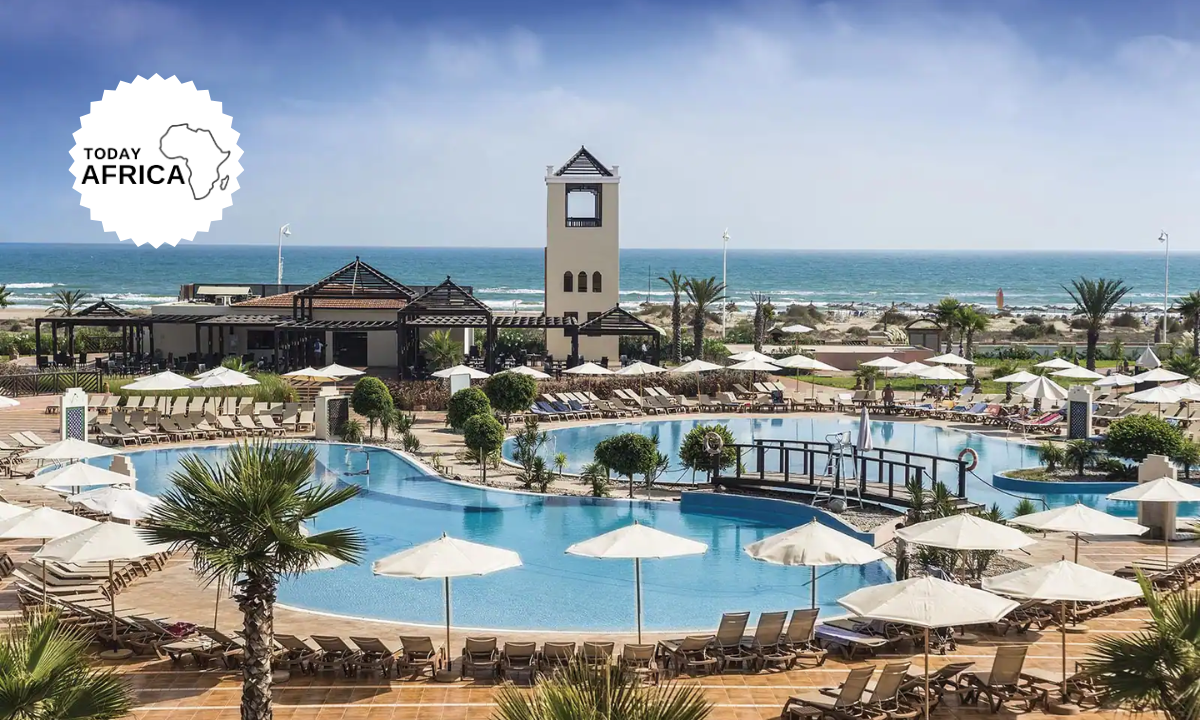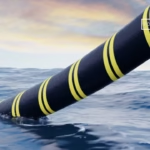The shimmering salt pans of Makgadikgadi along with the Nxai Pans are believed to be the largest in the world. Most of the time they appear as glaring, white, endless plains.
During the rainy season they are one of the most important wetland areas in Botswana – when they transform and come alive into stunning grass-plains.
Makgadikgadi Pans is situated directly between Maun and Francistown. When it rain, the pans come to life with water birds and great herds of game. The Makgadikgadi pans are the remains of a once ancient lake and now form part of the route of Southern Africa’s largest remaining migration.
Travellers can expect something slightly unusual from this part of Botswana. Kubu Island, with its huge baobas, is one of the most mysterious places of the Makgadikgadi Pans.
Click here for the best safari lodges around Makgadikgadi National Park Botswana and their prices.
Tribal History 1800s – 1900s
The Bakalanga tribe originated from Matabeleland where they fled the Ndebele wars, most arrived later in the 1930s and 1970s.
The Bakalanga, cattle owners, didn’t get on with the Bateti who wouldn’t give them their own land along the river. Instead, they asked them to plough the lands in exchange for small plots along the river.
The insufficient land utilised by the Bakalanga forced them to buy grain from the Bateti, paid for with cattle. The Bateti consequently built up sizable herds of their own.
In 1934 the district commissioner reported that overgrazing along the Boteti was so severe that cattle were being moved, illegally, to Crown lands to the northeast.
This had a detrimental effect on fodder for wildlife and forage of wild edible plants by some of the communities.
Bakhurutshe tribe
While at Mokokong, the Bakurutshe tribe split owing to a dispute over chieftainship.
Lesele, the tribal leader, was not the senior member of their royal line and had to reluctantly secede to his half brother, Moatshe, after a period of time. Shortly afterwards, the two brothers quarrelled.
Moatshe had sent out a hunting expedition under Lesele. A Rhinoceros was killed. According to custom, it should have been offered as tribute to the chief before being skinned.
But Lesele, wishing to provoke a dispute that would enable him to recover the chieftainship, deliberately skinned the animal before reporting its death.
The quarrel that he anticipated duly followed. In the resulting conflict Moatshe was defeated. He and his people then fled to the Boteti River, where they have been ever since, and Lesele once more became chief of those who remained behind.
Under Moatshe, the Bakhurutshe kept many sheep and goats and occupied land given by the Bateti; they intermarried and maintained good relations.
Other tribes
Bananjwa tribe also originated from Zimbabwe first settling in the Gweta area north east of the Boteti.
Bayei tribe travelled from Zambia through the Okavango Delta to settle along the Boteti. Bayei are fishermen and agriculturalists, less involved in pastoralism. They introduced many of the river activities to the Okavango and Boteti.
Baherero tribe are pastoralists from Namibia escaping the German/Herero wars at the beginning of the 1900s.
Their women brought the traditional dress of long bulky dresses and elaborate headdress, originally worn by the German settlers, to Botswana.
Bakoba, Basobea, Batawana, Bangwato, Bakgalakgadi tribes integrated into the multiple ethnicity of the Boteti region, as immigrants and refugees.
Makgadikgadi National Park Botswana
In 1970 the Makgadikgadi Pans National Park was declared a game reserve. However, in December 1992 it was enlarged and declared a national park. Today it comprises 4 900 square kilometers. The ancient lake Makgadikgadi once submerged the whole park.
The Boteti River forms the western boundary of the Makgadikgadi Pans National Park, which is filled with natural wonders like the Baobab. It is the largest tree in Africa and is approximately 5300 years old.
A crack in the tree was used as the first mailbox in this part of Africa. Explorers such as Livingstone and Courtney Selous used to leave letters for one another while travelling through this part of Africa.
The plains of the Makgadikgadi Pans National Park teem with wildlife. During the dry season Wildebeest and Zebra can be observed on their thousands.
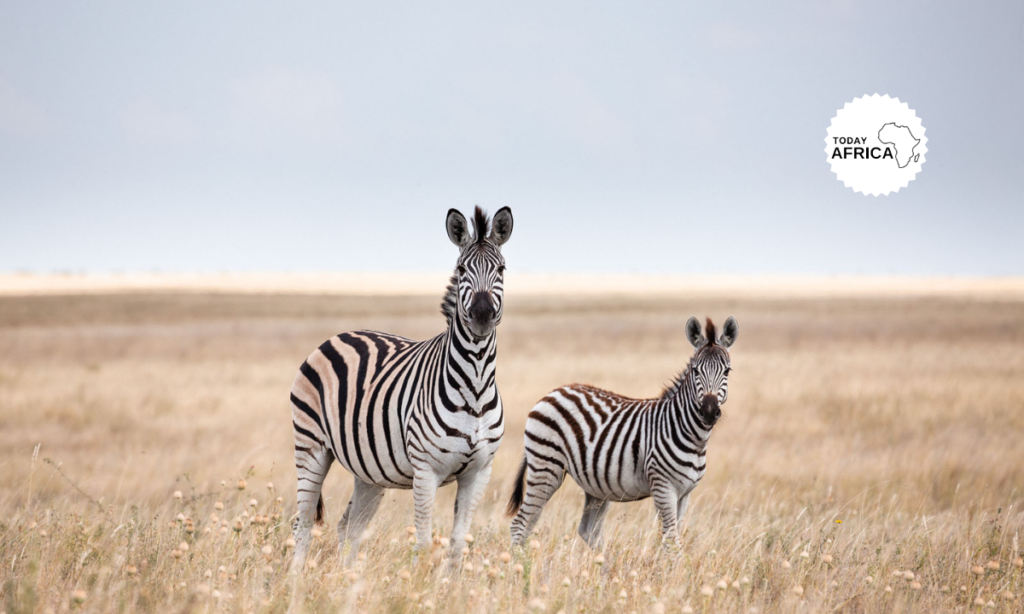
Predators include Lion, Cheetah and Hyena. Antelope are the most common type of wildlife in this area, and from November to May they can be spotted as they come together to the sparkling water.
Location and formation of the Makgadikgadi Pans
The national park forms a unity with the Nxai Pan National Park only separated by the Maun – Nata tar road from each other. In the south west its border crosses the Ntwetwe Pan, in the west the Boteti River forms the border.
The Makgadikgadi Pans National Park and the Nxai Pan National Park are situated on the western border of the large Makgadikgadi salt pans, south east of the Okavango Delta. The Makgadikgadi Pans are one of the biggest salt pans worldwide.
They are formed by two large and thousands of small pans with an area of more than 8400 km². The complete area of pan systems covers an area of more than 16000 km².
The formation of the salt pans started with the evaporation of a huge inland lake in central Botswana, which covered an area of about 60000 km². As a result of plate tectonics, the feeding rivers were cut off. As Makgadikgadi forms the lowest point, salt concentrated here and formed layers up to five metre deep.
Due to the absence of water the area of the national park has never been inhabited. The surrounding villages had the states permission to graze their herds on the fringes of the area.
In 1970 parts of today’s national park were declared as game reserve, which were then extended to the north up to the Maun-Nata tar road in 1992 to cover an area of 4877 square kilometres and proclaimed National Park.
When to Visit Makgadikgadi National Park Botswana
Both dry season and wet season visits to the Makgadikgadi Pans are recommended in order to witness the dramatic appearance of the pans at their driest, when they appear hauntingly beautiful in their desolation.
And to experience the wet season when the pans fill with water and attract a myriad of flamingos, pelicans, ducks and geese together with large herds of zebra wildebeest and game.
A good suggestion is to link a few days in Makgadikgadi with a similar period of time in Nxai Pan. That will give visitors a distinctly different experience.
Activities
Bird watching & game viewing
Game viewing is at its best in this area during the wet season and a bird watchers paradise. Experience the view of large herds of antelope converging on the great lakes to drink and play. The large flocks of migrant flamingoes is definitely a sight not to be missed.
Historic trails
Experienced Bushmen trackers will take you on guided walks to historical sites and you will learn about the connection between their ancient culture and the natural environment.
Quad-bike excursions
Venture into the more remote sites in the impenetrable Makgadikgadi salt pans on 4WD bikes to explore this interesting piece of land.
Wildlife in the Makgadikgadi National Park Botswana
The Makgadikgadi National Park is not visited so much because of its fauna, but rather its solitude, remoteness and its harsh beauty. Nonetheless, depending on the season, impressive animal populations can be viewed.
The pans are surrounded by open grasslands, which attract the largest zebra migration after Tanzania. During the rainy season from December to March, large herds of zebras, oryx, wildebeests, impalas and springbuck roam the northern part of the Nxai Pan National Park.
They then trek south into the Makgadikgadi National Park where they feed on green pastures and make use of the many small water holes from June to November.
In December the animals move along the Boteti River back north into the Nxai National Park. Elephants can be found along the Boteti River and there are waterholes big enough for hippos to stay in.
After the first rains a lot of aquatic birds – especially flamingos – breed along the pans.
In 1992 water in the Boteti River was dammed for the Orapa Diamond Mine, the largest diamond mine in the world. The result was that less and less water reached the salt pans.
Thus, in 2006 a project was started (Kalahari Conservation Society together with the Department of Wildlife and National Parks), to increase the number of watering holes along the Boteti from four to nine.
Infrastructure and Tourism in the Makgadikgadi National Park Botswana
The National Park is open throughout the year. As in most of Botswana’s national parks the infrastructure is very basic. Some of the tracks in the park are only accessible by 4×4 – there are no real roads.
One can book guided tours, but when self-driving all supplies have to be taken along (food, water, fire wood, fuel, etc.). A GPS is very helpful and it is advisable to travel in at least two vehicles.
Apart from two campsites there are no accommodation facilities inside the park. Njuca Hills Campsite is situated 26 km south of the park entrance and Kumaga Camp where water is found (not for human consumption though). That’s situated at the Boteti, 48 km southwest of the park entrance.
Camping is also allowed on Kubu Island, a rocky island at the edge of the Sowa Pan. Apart from a long-drop toilet there is no infrastructure.
See Also: Top 10 Botswana National Parks to Visit This Year
The best time to travel is in June/July and September/October, as the pans are then dry and traversable. The region falls into the Malaria area and taking a Malaria prophylaxis is advisable.
Another tip: It is advisable to visit both parks, the Makgadikgadi and the Nxai National Park during both seasons (winter and summer). In that way the changes in nature become best visible. If that is not possible one should at least spend some time in both parks.
The Great Lake Makgadikgadi
The Boteti River is very wide, at over 300 metres from bank to bank. This is surprising because now the Boteti is dry and only in times of exceptional flood flows to its delta in the Makgadikgadi saltpans.
General belief has it that the Boteti was previously the main source for the Greater Lake Makgadikgadi. Estimated figures show that the super lake covered 60 000 to 80 000 square kilometres!
The highest level reached was 945 metres above sea level 50 000 years ago! The Zambezi, Cuando and Okavango Rivers flowed through the Okavango Delta into an area incorporating the:
- Okavango Delta
- Savute Marsh
- Chobe National Park
- Lake Ngami
- Orapa
- Nxai Pan National Park
- Makgadikgadi pans
- Nata, a vast area under water, and now a desert!
The demise of the super lake was likely caused by tectonic activity, tilting of the continent. Rising waters found a new exit to the sea along the Zambezi over the Victoria Falls and through Mozambique to the Indian Ocean.
Why You Would Love the Makgadikgadi National Park Botswana
Visible from the moon
The Makgadikgadi Pans, visible from the moon, form the bed of an ancient super-lake which once covered an area larger than Switzerland and dried up many millions of years ago. These pans are a vast and complex network of shimmering white flats during the dry season, morphing into a system of bountiful watering holes for wildlife during the wet season.
In absolute isolation
In addition to its abundance of game, the Makgadikgadi National Park offers adventurers the true and raw beauty of remoteness. Mile upon mile of shimmering white salt stretches to the horizon; an awe-inspiring sight. Not to mention, the lack of light pollution provides some incredible stargazing opportunities, showcasing Africa’s vast night sky filled with billions of stars.
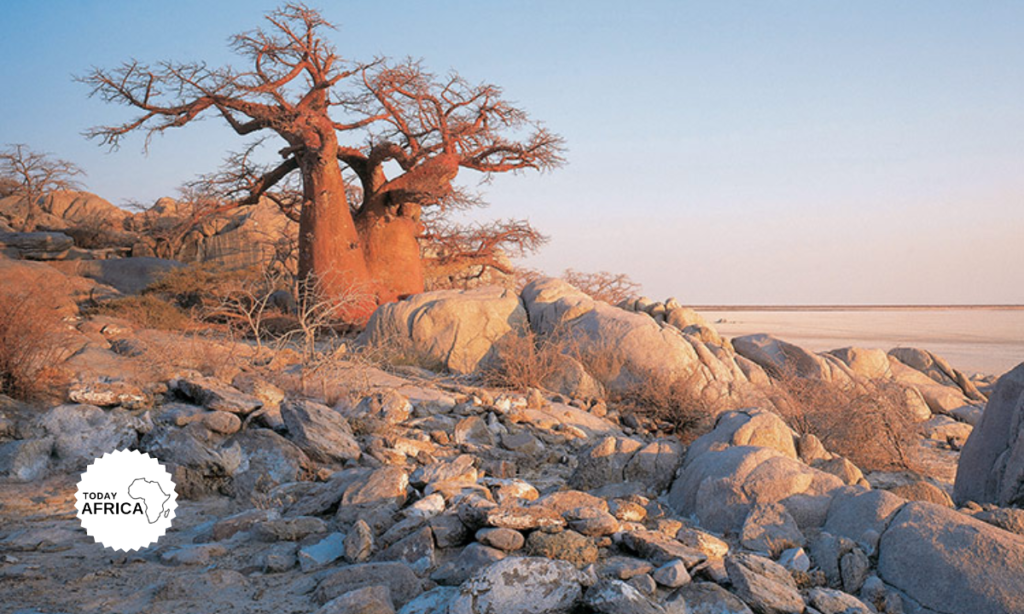
The great zebra migration
During the wetter months, between December and March, the rains are known to completely change the habitat. During this period, lush grasses absorb the nutrients around the pans inviting Africa’s second largest zebra migration to head west from the Boteti River in search of the sumptuous green grass, closely followed by predators.
Pretty pink flamingos
From an avid birders point-of-view, the winter, wetter months are also a great time to see flamingos, with both the greater and lesser migrating to the pans to feed, mate and lay their eggs. The brilliant, bright pink flamingos provide a stunning contrast to the salt water lake and this area is recognised as one of the most important flamingo breeding grounds on the continent.
Places to Stay in the Makgadikgadi National Park Botswana
Elephant sands
- Elephant Sands is situated 53km north of Nata on the Nata – Kasane road on a 23000 ha private game reserve. Enjoy viewing the elephant drinking from the waterhole right in front of the lodge, or from the swimming pool.
- Accommodation comes in the form of safari tents on stilts, family safari tents on stilts, chalets and family chalets, all with en-suite bathrooms. There is also a campsite offering outside (and inside) ablutions for those looking for a real African experience. A swimming pool allows you to cool off and relax in the midday sun.
- A picturesque watering hole is the focus point at this camp, where animals such as impala, elephant and kudu come in their droves in the late afternoon for a drink. Enjoy a true bush experience at Elephant Sands on a game drive or bush walk in the private game reserve with a trained guides or relax and take in the view of our watering hole while enjoying a barbeque.
- The best time to visit is during the dry months of May to November when animals congregate around pans and waterholes. Other activities that are seasonal and weather dependent includes a Makgadikgadi Pans sundowner or overnight. All activities at an additional cost with a min of four guests.
Jack’s camp
- Jack’s Camp Botswana is an oasis of style and comfort in the middle of Botswana’s Kalahari Desert. A beautiful authentic, 1940’s style tented safari camp, which includes a private museum, shop, drinks tent and a pool pavilion. Spectacular vistas, creative surprises, expert guiding, old-world safari styling and superb cuisine all come together to create an experience that is completely different to any other.
- Jack’s Camp features seventwin and three double tents with en-suite bathrooms featuring indoor and outdoor showers. Spacious and stylish – with an elegant atmosphere.
- Activities are varied, and combine wildlife with culture, history, archaeology and geology. Most activities on offer all year round and include interacting with incredibly habituated meerkats; walking with Bushmen guides; day and night game drives , Chapman’s Baobab (one of the oldest and biggest trees in Africa) and birdwatching.
- During the dry season (16th April – 31st October) activities include quad biking across the saltpans.
Gweta lodge
Gweta Lodge holds 15 rooms accommodating 38 pax comfortably. There is a bar, swimming pool, and relaxed seating areas.
The lodge is situated only a short distance from the Makgadikgadi Salt Pans where you can see the very entertaining meerkats, the impressive Baobab trees and the incredible biodiversity of the region. There are plenty of activities to enjoy and majestic landscapes to experience in the Makgadikgadi.
This is the perfect destination for those who prefer something a little more off-the-beaten-track and an authentic Botswana safari with a variety of accommodations to suit your budget. We highly recommend Makgadikdagi- and would love to make it happen for you.
References:

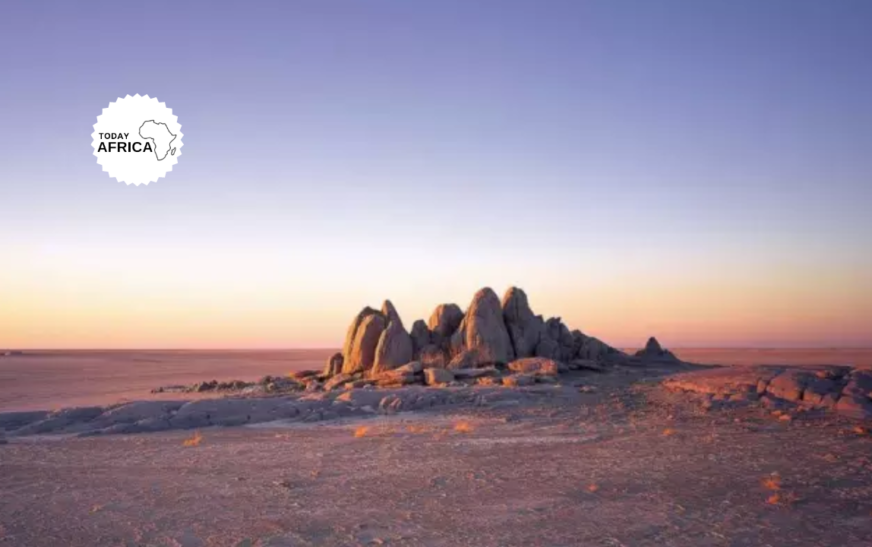



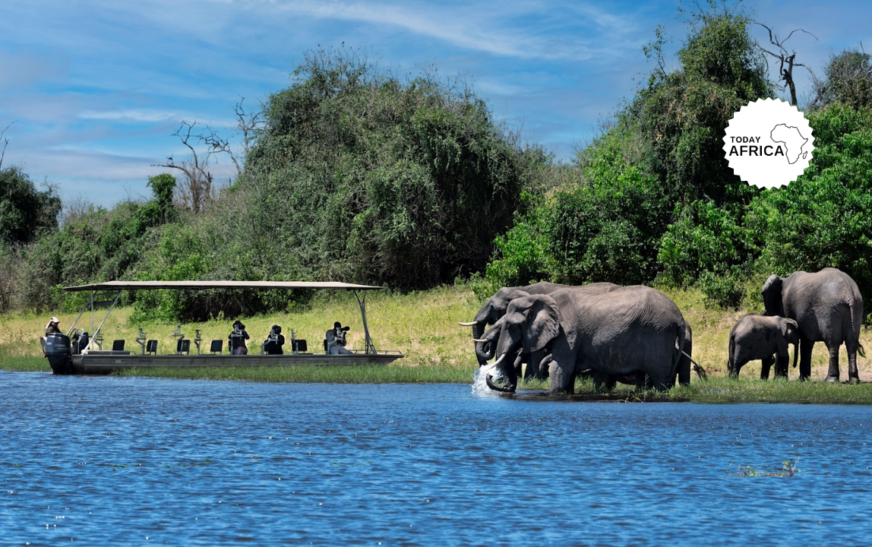

![15 Best Beaches in Morocco to See This Year [& Essential Packing List]](https://todayafrica.co/wp-content/uploads/2023/12/Blue-Simple-Dad-Appreciation-Facebook-Post-1200-×-720-px-6-9.png)
